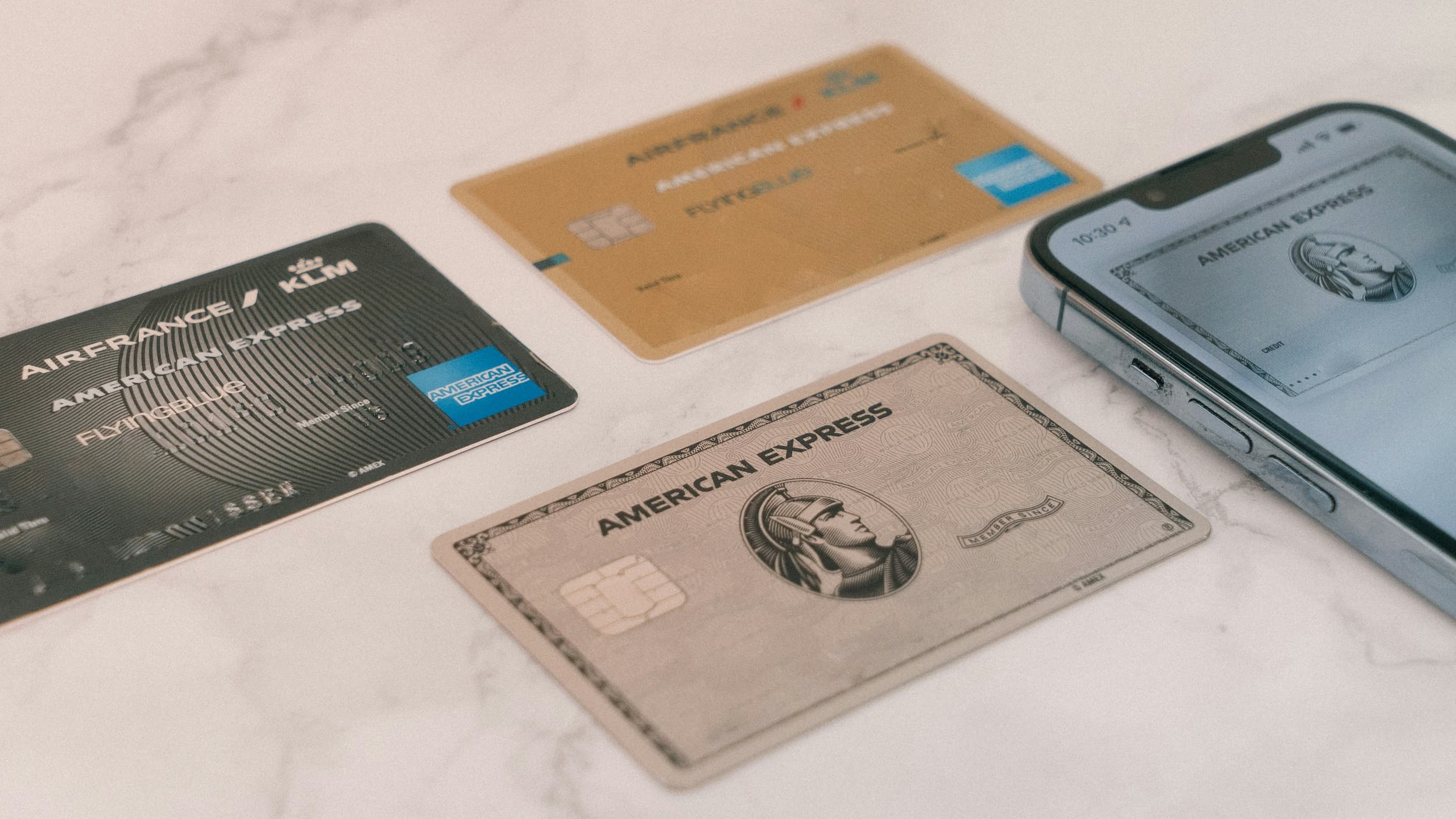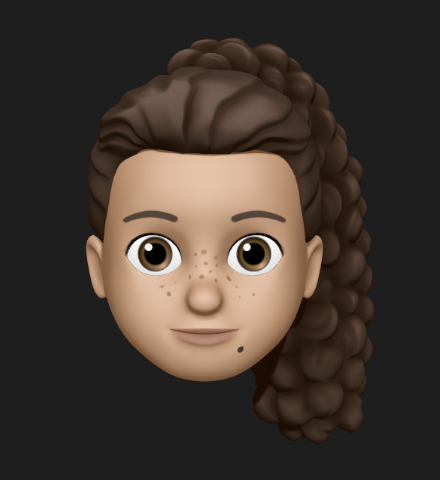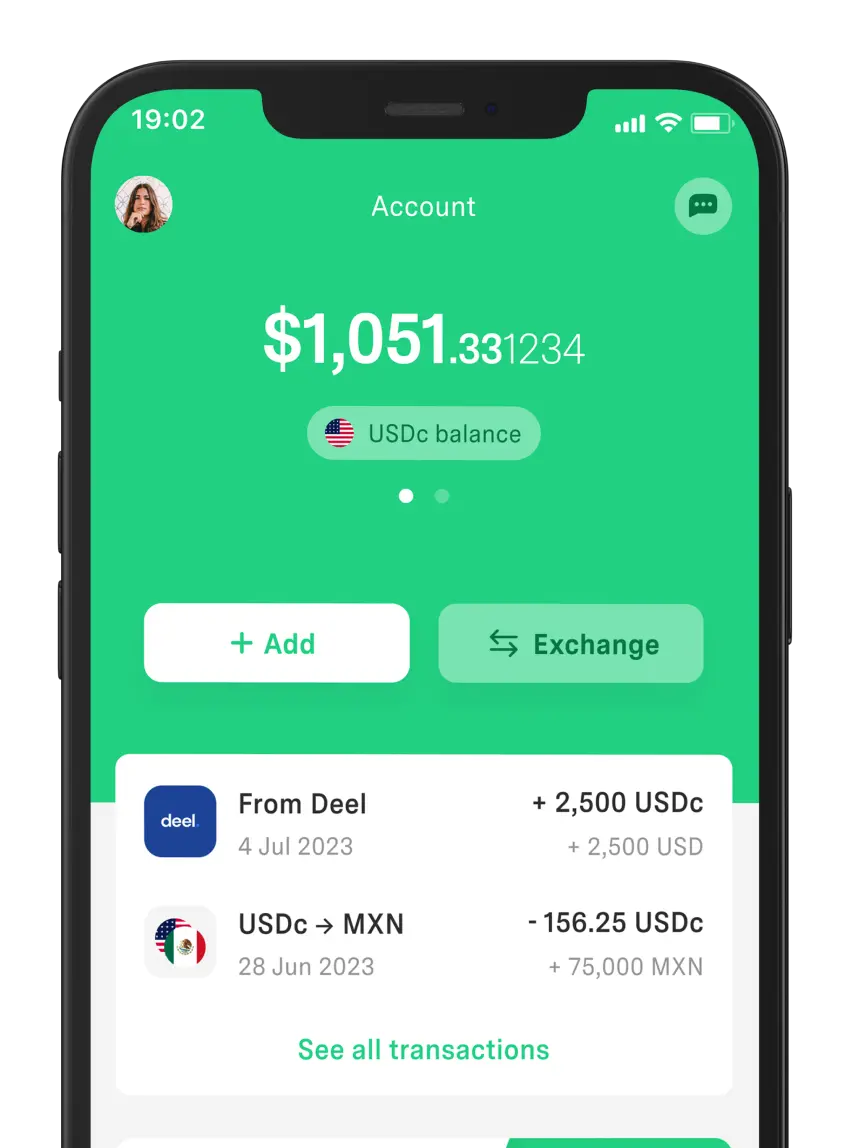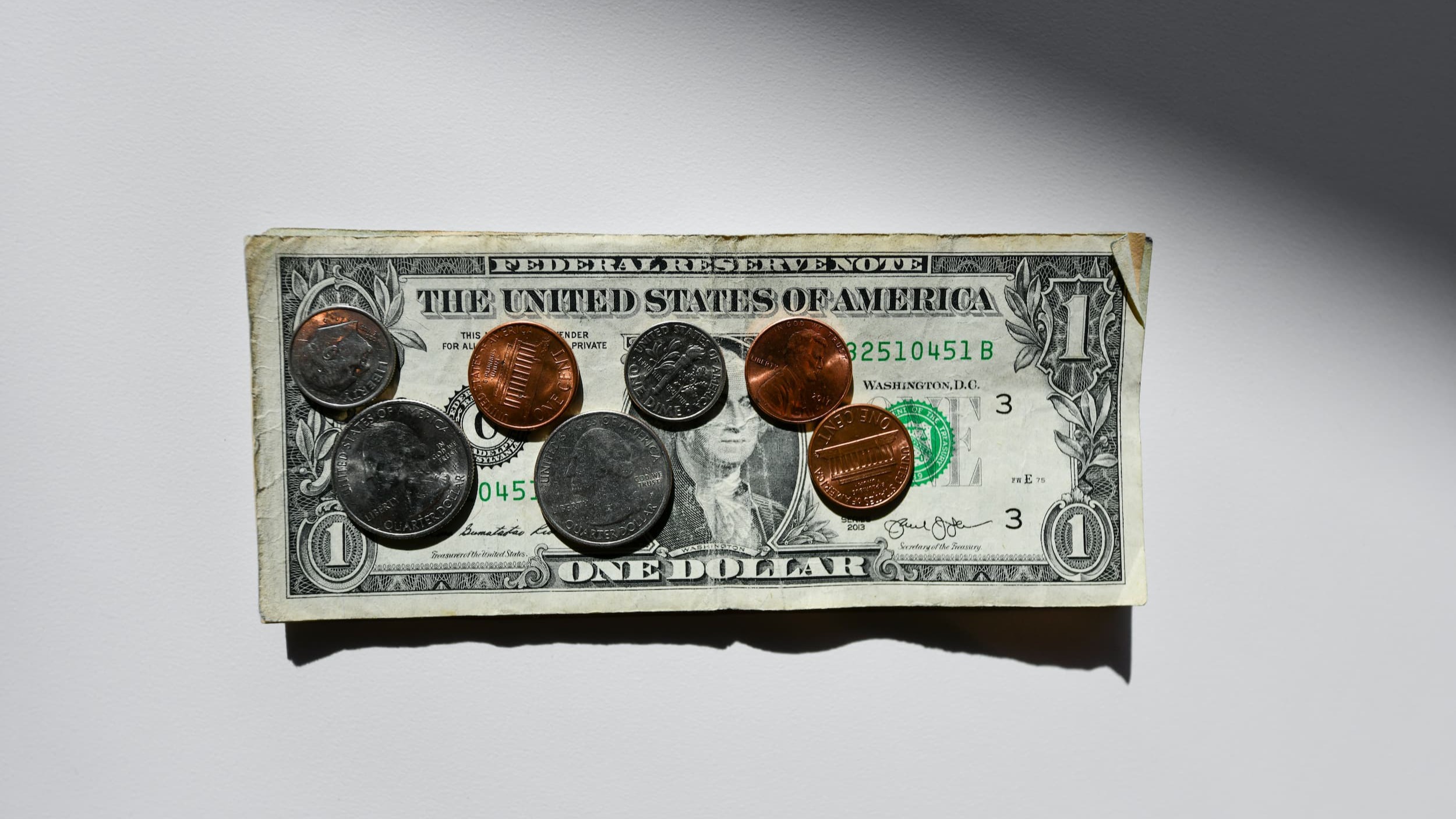 Your Money
Your Money What Was the Largest Credit Card Purchase Ever?
The largest credit card purchase in history was made by Chinese magnate Liu Yiqian in 2015. Find out what he bought and how much he spent.



When it comes to sending money, what’s the first thing that comes to mind? It might be electronic transfers, right? Well, that’s one of the most common methods for moving money from one account to another. But it’s not the only or the safest one out there.
Bank drafts are another option, although they’re more formal and not well known to the general public. However, they’re essential in certain transactions where financial backing is a must.
So, today’s topic focuses on what a bank draft is, how it works, and how it differs from transfers.
It is a payment instrument used to send money to another person. It’s also known as a cashier’s check, since it is issued in paper form.
Bank drafts offer a high level of security for both parties involved. That’s why they’re still used in important transactions or between people who don’t know each other well.
However, due to their similarity with traditional checks, many people are unfamiliar with them. Especially because in today’s world, faster and more accessible methods like bank transfers are usually preferred.
As a result, bank drafts are now mostly limited to contexts where more formality is required, much like postal money orders.
It all starts when a person or company asks their bank to issue a payment document in favor of a third party.
For this, you need to provide the full details of the sender and the beneficiary, and the amount to be sent. You may also need to include the recipient bank’s details, where the draft will be cashed.
Once the availability of funds is verified, the issuing bank generates a cashier’s check with the corresponding backing. This ensures that the money is reserved exclusively for that payment.
It’s worth noting that a bank draft acts as an irrevocable payment order. It can also be delivered in person to the beneficiary or sent through other means as agreed.
How do you cash a bank draft?
The recipient must present the document at their bank. From there, the institution will validate the draft and process the deposit of the corresponding amount. This process can take a few business days depending on the institutions involved.
To better understand what a bank draft is, here are the main features you should know:
It’s issued by a financial institution, which assumes the payment commitment instead of the account holder. This ensures fund availability.
It is presented as a cashier’s check with the sender, beneficiary, amount, and paying bank listed.
The money is reserved from the moment it’s issued.
It’s often used in the purchase of goods, legal procedures, or payments between companies.
You must go to the bank to both issue and cash the bank draft.
The paper may include watermarks, special inks, or printed details that prevent forgery and verify authenticity.
This type of instrument is useful for both individuals and businesses. Not only because it allows for cashless payments, but also because it offers more security between banks.
There are different types of bank drafts depending on their use or the conditions under which they are issued:
It is used to send money within the same country, that is, between local banks. Generally, they are common in internal commercial operations, service payments, or contractual commitments that require bank backing.
This modality offers a secure alternative when it is necessary to deliver a physical document instead of using electronic means.
What is an international wire transfer?
It is an option that allows money to be sent between accounts located in different countries securely. This type of draft is widely used in foreign trade but involves greater requirements and precise documentation.
Additionally, the process is usually slower and more expensive than international transfers. Therefore, it is important to compare fees before choosing it over other methods.
The crossed draft includes two parallel lines on the document. This means that it cannot be cashed in cash at the counter but must be deposited into a bank account in the recipient's name.
This modality seeks greater control and traceability of the money, preventing third parties from having the possibility of cashing the draft.
These are drafts issued by companies to settle payments related to their commercial activities.
It is a formal and secure method to fulfill financial obligations, such as debts to suppliers, service providers, or other similar partners. Especially in sectors where large amounts are handled or it is necessary to leave documentary evidence of the payment.
The main difference is that if you want to make a bank transfer, you only need to use a mobile application or go to your bank's online portal. While bank drafts are procedures that require your presence at the branch.
Instead of moving the money directly between accounts, a physical document is issued, which represents the payment. That is, the process involves more steps and controls.
In general terms, the differences between making a bank draft or transfer focus on these 4 points:
Bank draft | Bank transfer | |
Receiving time | Slower, requires a visit to the branch and may take several days. | Fast: many are processed within 24 hours or immediately. |
Security | High level of security, with bank backup and document control. | Also secure, but more prone to errors if data is entered incorrectly. |
Amounts | Recommended for small to medium amounts. | Allows you to send larger amounts, especially in business transactions. |
Costs | Usually cheaper than an international wire transfer. | May involve high fees, especially for international shipments. |
If you decide to make a bank draft, here are the general steps to follow:
1. Go to your bank. Visit the bank branch and request a payment order for the recipient.
2. Gather the beneficiary’s details. You must have the full name, official ID, and banking information of the recipient.
3. Specify the amount and currency. Indicate the amount you wish to send. If it’s an international draft, specify the destination currency.
4. Authorize the payment. The bank will verify that you have sufficient funds and will issue the cashier’s check.
5. Deliver or send the draft to the recipient. You can hand it over in person, arrange for your bank to send it, or send it yourself.
This is usually the process.
The final step would be for the person receiving the draft to go to their bank to cash or deposit it accordingly.
Bank draft example:

Nowadays, sending money abroad no longer depends on traditional methods like bank drafts. In fact, there are multiple options for both domestic and international transactions.
For international operations, however, DolarApp is one of the most practical alternatives.
Our app allows you to both send and receive international payments in digital dollars. Moreover, you don’t need to have foreign bank accounts — just download the app and activate a USDc account.
You also won’t need to go through an intermediary to convert your money to pesos; you can do it directly from the app with a competitive exchange rate.
While there are other options like Western Union or Xoom (by PayPal), DolarApp is more convenient. Why? Because it’s designed for Latin American countries such as Mexico, Argentina, and Colombia.
Not to mention that the app is an ideal solution if you need to move money in both directions.

Os países têm fronteiras. Suas finanças, não mais.
 Your Money
Your Money The largest credit card purchase in history was made by Chinese magnate Liu Yiqian in 2015. Find out what he bought and how much he spent.

 Your Money
Your Money In most cases, the reference number in a transfer is a unique code that varies depending on the bank or system used.

 Your Money
Your Money Do you know what types of coins and bills circulate in the U.S.? Click here and find out which U.S. coins exist and their value.


